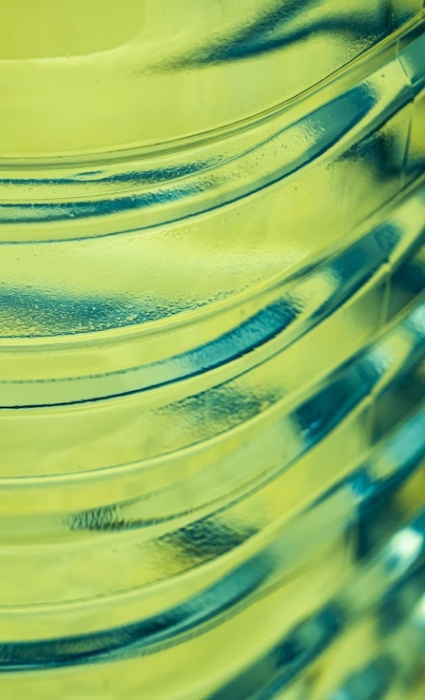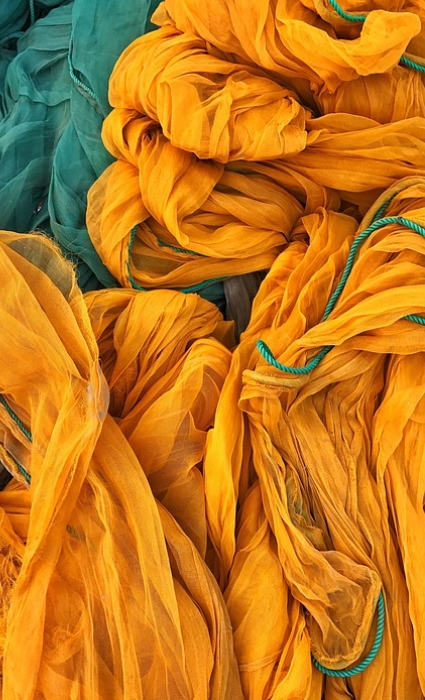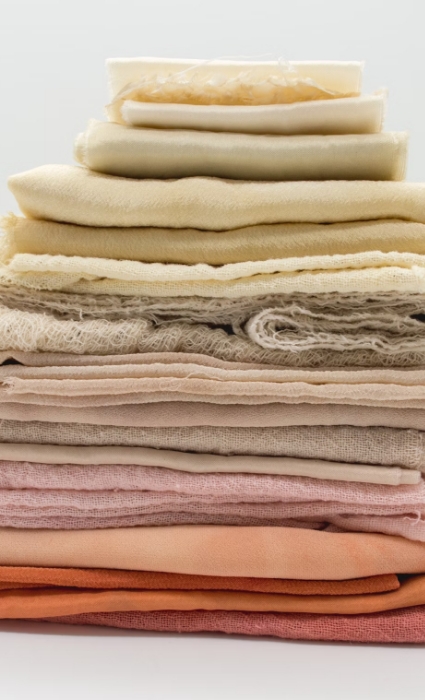How to recycle pre- and post-consumption? The - Première Vision Paris - Denim Première Vision - Première Vision New York
While circularity is not limited to recycling, many materials can be given a second life in a new form. The challenge is particularly great for synthetics, with a view to reducing reliance on virgin fossil resources.
Most recycled polyester is recycled in open circuit, using resources from another industry, coming from PET bottles or fishing nets. The aim now is to be able to develop all kinds of recycled synthetics, polyesters, polyamides or elastanes, by recycling from textile to textile in closed loop, to reduce existing synthetic textile stocks, whether pre-consumption waste, such as offcuts, or post-consumption waste, such as used clothing.
Optimising production with pre-consumer recycling
Pre-consumer recycling revalorizes industrial waste in order to develop new products, such as Q-Nova®, a mechanically recycled polyamide, with no chemical addition, made from more than 50% of pre-consumption waste.

Capitalising on different resources with pre- and post-consumer recycling
Some fibres are developed by combining pre- and post-consumer waste, such as textile and plastic waste.
Coolmax® Ecomade is made entirely from textile production off-cuts or PET bottles. Its breathable properties ensure good moisture wicking for refreshing recycled products.
Yarnback is another example of a range of fibres recycled from pre-consumer resources, such as textile production offcuts, or post-consumer resources, such as end-of-life garments.
Relying on the most consistent sources of post-consumer recycling
Synthetics recycled in an open loop from post-consumer plastics, such as PET/fishing nets, are the most widespread today, accounting for 14% of all polyester on the market*.
Seaqual®, a mechanically recycled polyester, is composed of 10% marine waste collected as part of the Seaqual Initiative, combined with 90% GRS-certified post-consumer PET. The Seaqual® yarns contain a DNA tracer, which guarantees the presence of polymers obtained from the marine plastic collected by the Seaqual Initiative.
New Life™ is a traceable recycled polyester filament, obtained through the mechanical recycling of PET bottles, with no chemical addition. It is GRS-certified.
REPREVE® offers a range of mechanically recycled fibers, polyesters and polyamides developed from plastic bottles.
Seawool®, is a recycled PET with a wool texture. Its treatment with oyster shell powder gives it breathability and anti-odour properties.

Econyl® is regenerated from fishing nets, using a process that combines mechanical and chemical recycling to restore the polymer’s original properties, so that it can be recycled several times.
Q-Cycle® is a polyamide developed through chemical recycling. It can reuse waste that cannot be mechanically recycled, such as end-of-life tyres, by transforming them into pyrolysis oil to replace the fossil resources used for conventional polyamides.
What role can textile-to-textile recycling play?

Post-consumer textile-to-textile recycling is the most sought-after, as it improves the circularity of resources in the fashion industry.
As a key player in this ecosystem, Coleo offers circular solutions to meet the growing demand for post-consumer textile recycling. The Spanish company is verticalized to cover the various textile-to-textile recycling stages: automated sorting, fiber processing, spinning, weaving/knitting, 3D prototyping, and has set a target of processing 40,000 tons of waste by 2025.
Tex2tex™ is also a closed-loop, textile-to-textile polyester recycling solution, using a thermomechanical process that improves fiber quality.
*Source : Materials Market Report Textile Exchange 2023
